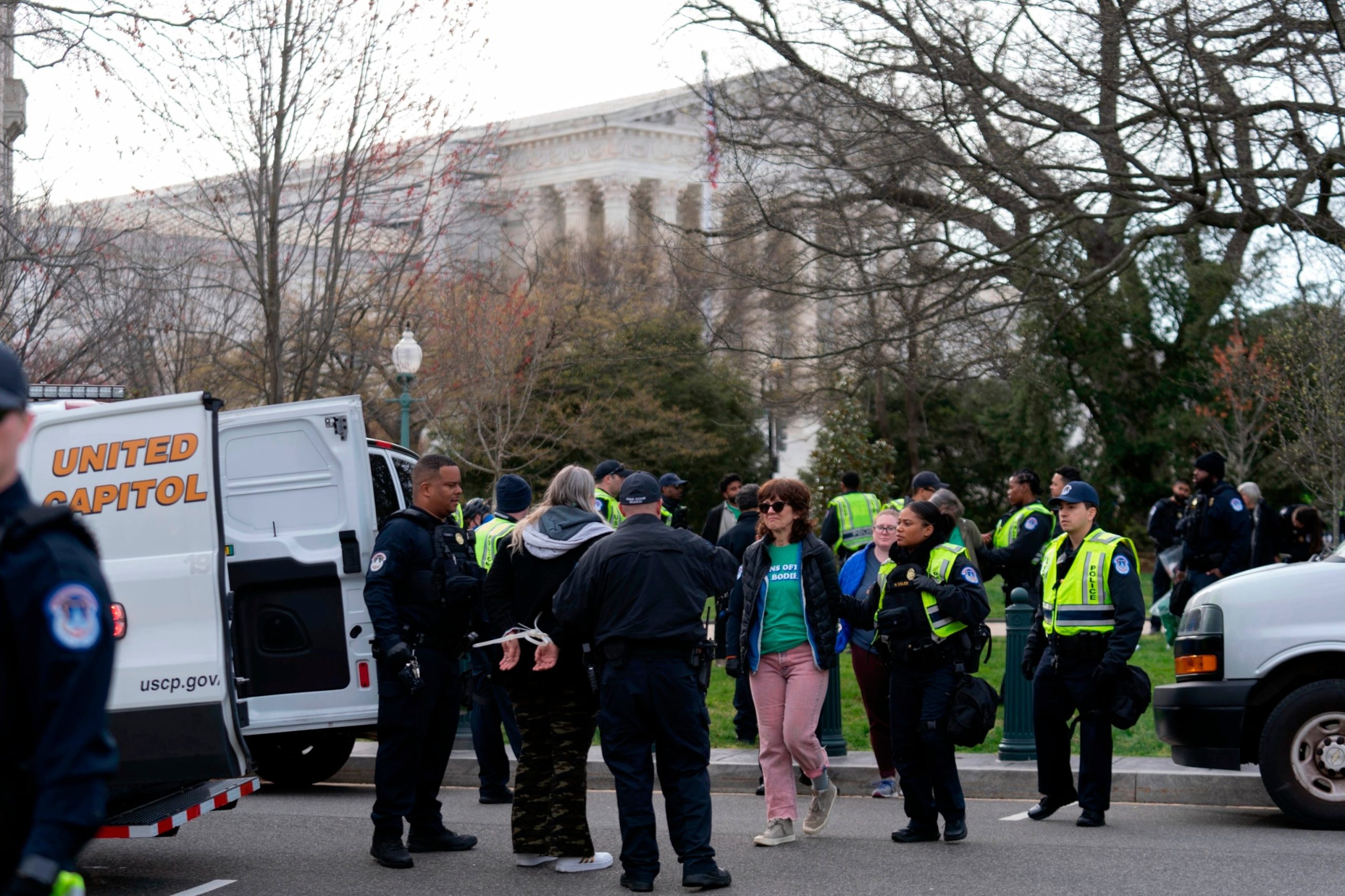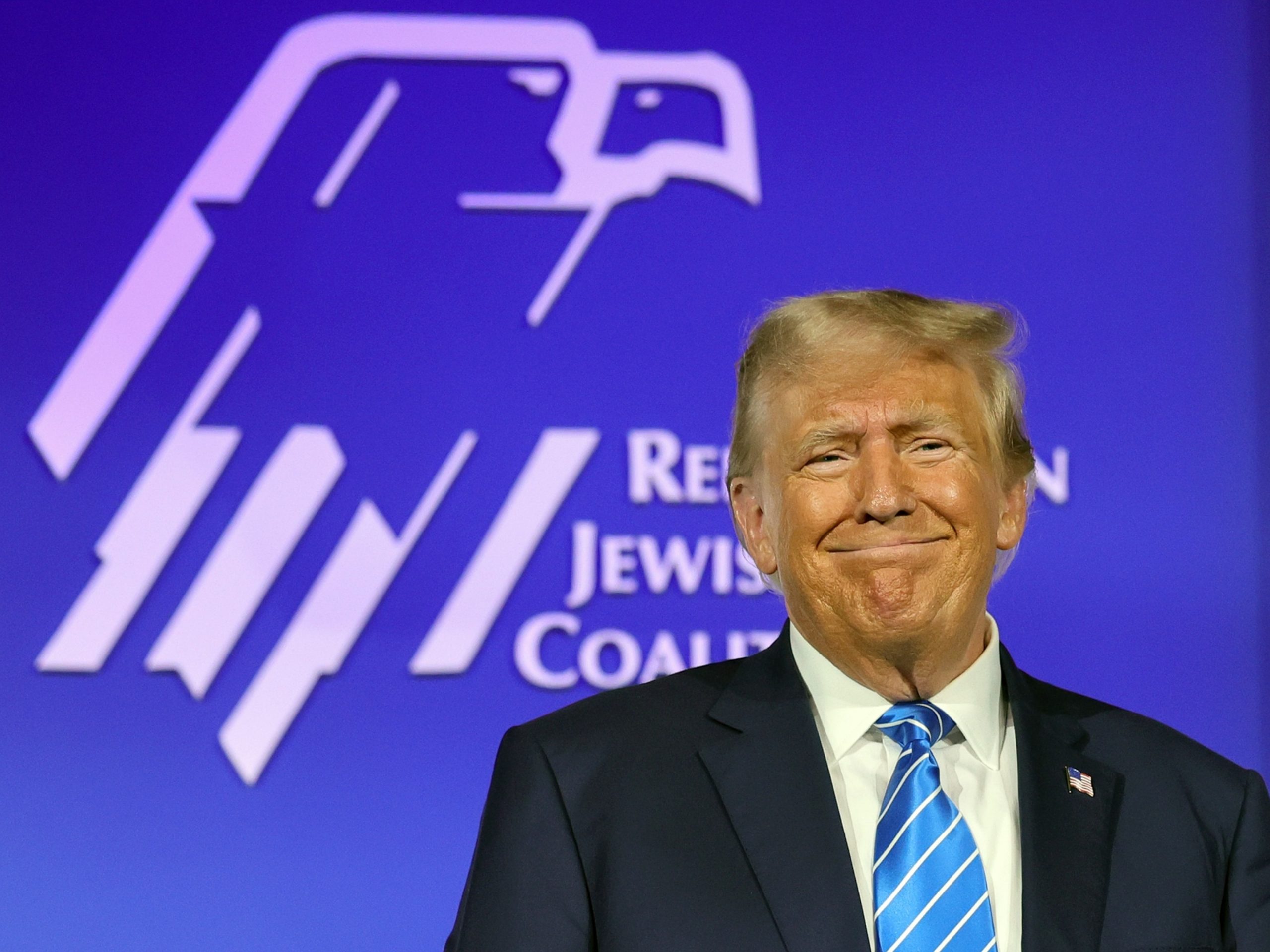Governor Gavin Newsom’s Appointment: Laphonza Butler to Fill Dianne Feinstein’s Senate Seat
In a move that has surprised many political observers, California Governor Gavin Newsom has announced his appointment of Laphonza Butler to fill the Senate seat left vacant by Dianne Feinstein. This decision marks a significant shift in California politics and has sparked both excitement and skepticism among the public.
Laphonza Butler is a well-known figure in California politics, having served as the president of the Service Employees International Union (SEIU) Local 2015. During her tenure, Butler fought tirelessly for workers’ rights and played a crucial role in negotiating labor contracts for over 400,000 home care and nursing home workers in the state. Her dedication to social justice and economic equality has earned her widespread respect and admiration.
Governor Newsom’s decision to appoint Butler to the Senate seat is seen by many as a bold move to bring fresh perspectives and diverse voices to the political arena. As a Black woman, Butler’s appointment breaks barriers and represents a significant step towards greater representation in the Senate. This move aligns with Newsom’s commitment to promoting diversity and inclusivity in California’s government.
However, some critics argue that Butler lacks the necessary experience and political background to effectively serve as a senator. They question whether her work in the labor movement adequately prepares her for the complex challenges of legislating and representing the diverse interests of Californians. Additionally, there are concerns that her close ties to labor unions may bias her decision-making process and limit her ability to work across party lines.
Despite these reservations, supporters of Butler’s appointment highlight her track record of advocating for marginalized communities and her ability to mobilize grassroots movements. They believe that her experience in organizing and fighting for workers’ rights will bring a much-needed perspective to the Senate. Moreover, they argue that her appointment will inspire other underrepresented groups to engage in politics and pursue leadership roles.
As Butler prepares to take on this new role, she faces a myriad of pressing issues that demand attention. California is grappling with the ongoing COVID-19 pandemic, climate change, housing affordability, and racial inequality, among other challenges. The state’s diverse population requires a senator who can effectively address these issues and advocate for policies that benefit all Californians.
Butler’s appointment also raises questions about the future of California politics. Will this move signal a broader shift towards a more progressive agenda in the state? Will it inspire other governors to appoint individuals from non-traditional backgrounds to political positions? Only time will tell.
In conclusion, Governor Gavin Newsom’s appointment of Laphonza Butler to fill Dianne Feinstein’s Senate seat is a significant development in California politics. It represents a step towards greater diversity and inclusion in the Senate, while also raising questions about experience and political background. As Butler assumes her new role, all eyes will be on her as she navigates the complex challenges facing the state and works to represent the interests of all Californians.



